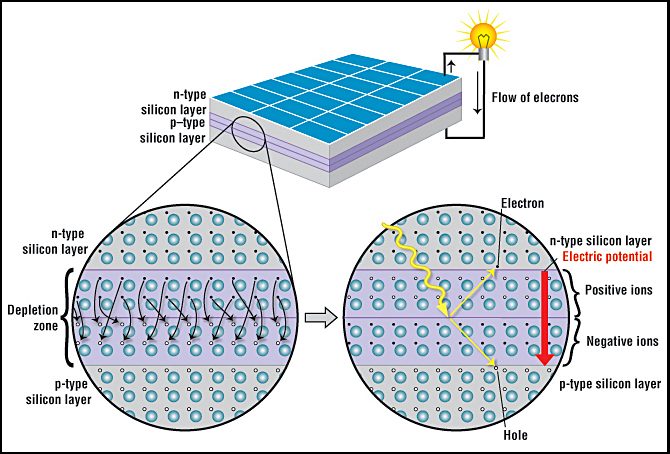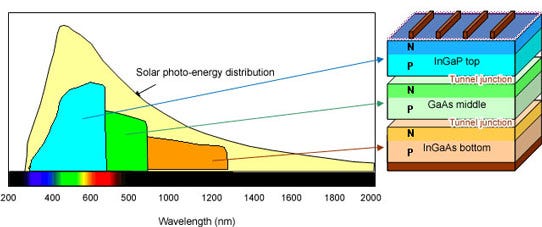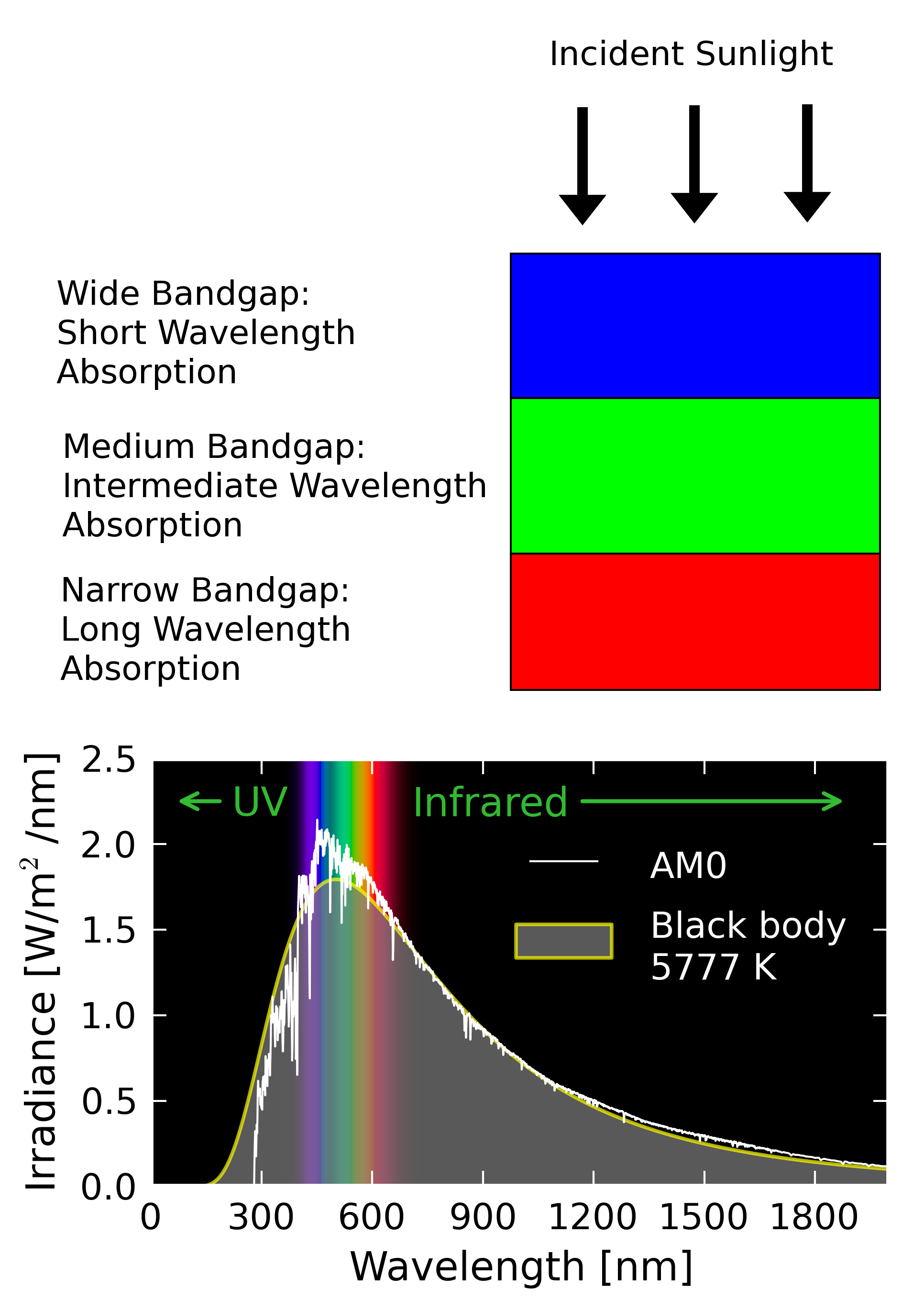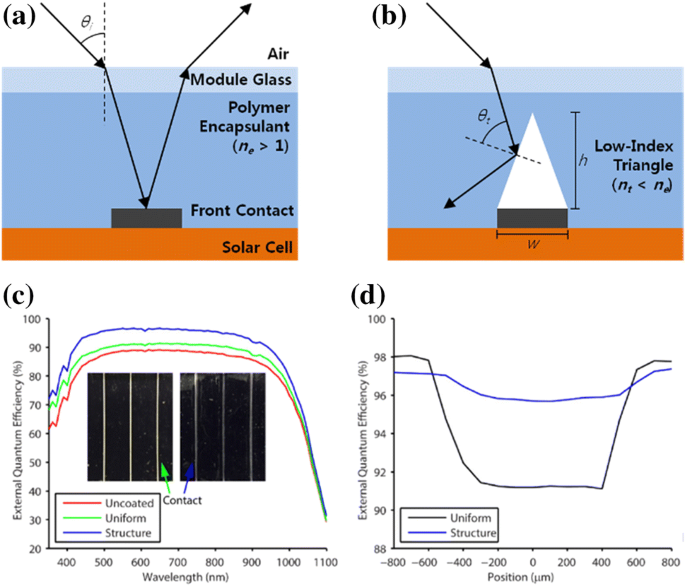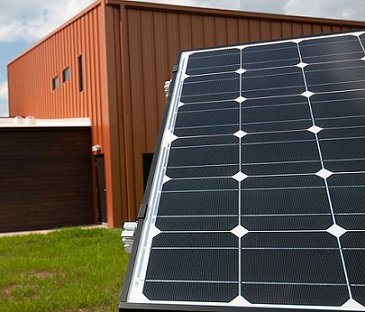A team of researchers from george washington university has devised a new layered solar panel that can absorb light from a wider range of the spectrum pushing the efficiency as high as 44 5 percent.
Solar panel wavelength absorption.
Photovoltaic amorphous solar cells.
The wavelengths of visible light occur between 400 and 700 nm so the bandwidth wavelength for silicon solar cells is in the very near infrared range.
Absorption depth affects aspects of solar cell design such as the thickness of the semiconductor material.
The solar efficiency limits refers to the maximum theoretical efficiency of a perfect solar cell using a p n junction to extract electrical power.
The spectral response is conceptually similar to the quantum efficiency.
Solar cells are made out of n type and p type semiconductor material that use the visual light spectrum to generate electricity.
The relationship between absorption coefficient and wavelength makes it so that different wavelengths penetrate different distances into a semiconductor before most of the light is absorbed.
Such a two level system can absorb sunlight only with a certain photon energy e g i e at a certain wavelength see the figure below.
Solar radiation with wavelengths of 380 nm to 750 nm violet to red strike the material with enough energy to knock electrons from their weak bonds and create an electric current.
However solar panels can also be designed to absorb light in wider wavelengths.
Spectral absorption factor for photons with an energy smaller than the bandgap i e.
On the the pv principle page it was stated that there must be at least a two level system where electrons can make a transition from the lower relaxed to the upper excited energy state when they absorb light.
As we can see below some of the most common solar panel technologies like monocrystalline and polycrystalline modules are able to cover a higher range of wavelengths including visible light.
This paper deals with the absorption factor of crystalline silicon c si pv cells.
If you carefully plot a solar cell s output energy against the wavelength of incoming light your graph will show a response curve that begins at about 300 nanometers.
For long wavelength solar irradiance.
The strategies to obtain better efficiencies than the sq limit predicts are to work around one or more of the critical assumptions.
Cells are considered including features to optimize light trapping and optical confinement like texturization and the applications of.
It arrives at a maximum at about 700 nanometers makes a series of peaks and dips and falls abruptly at 1 100 nanometers the maximum wavelength for silicon.
A spectral response curve is shown below.









